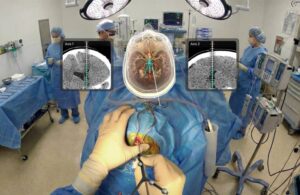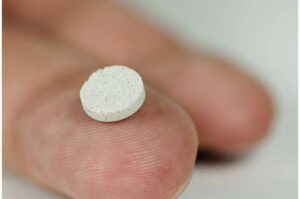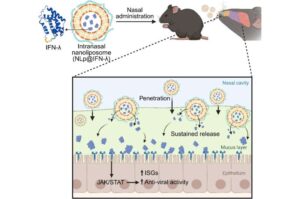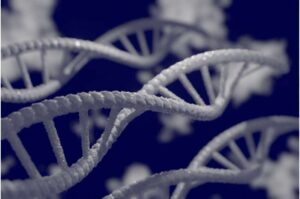MedTech News

Medivis wins FDA clearance for AR cranial navigation platform for neurosurgery guidance
Medivis announced today that it received FDA 510(k) clearance for its augmented reality (AR)-powered Cranial Navigation platform.

May Health gains CE mark for infertility treatment
The Anavi system treats polycystic ovary syndrome by delivering targeted radiofrequency energy to ablate ovarian tissue to re-initiate ovulatory cycles.

A fatal mix-up: How certain gut bacteria drive multiple sclerosis
If gut bacteria are too similar to the protective layer of nerves, they can misdirect the immune system and cause it to attack its own nervous system. This mechanism can accelerate the progression of multiple sclerosis, as researchers at the University of Basel have shown in trials with mice. However, their results also open up opportunities for treatments that make use of the microbiome.

Proton beam therapy boosts throat cancer survival, study finds
In a new nationwide study published in The Lancet that included Mayo Clinic, investigators found that patients with oropharyngeal cancer can live longer with fewer side effects if treated with proton beam radiation therapy.

Clinical trial of personalized cancer vaccine demonstrates feasibility, safety, immune activation
The first-in-human clinical phase I trial assessing the feasibility and safety of WDVAX, an immunostimulatory biomaterial-based cancer vaccine, in a cohort of 21 patients with stage 4 metastatic melanoma, was concluded with positive outcomes that encourage future vaccine developments and trials to test them in combination with immune checkpoint inhibitor therapies.

AI-engineered nasal spray antiviral platform developed to block flu and COVID-19
Respiratory viruses that have diverse strains and mutate rapidly, such as influenza and COVID-19, are difficult to block perfectly with vaccines alone. To solve this problem, KAIST’s research team has successfully developed an intranasal antiviral platform using AI technology to overcome the existing limitations of interferon-lambda treatments—namely, being weak against heat and disappearing quickly from the nasal mucosa.

New AI tool identifies not just genetic mutations, but the diseases they may cause
Scientists at the Icahn School of Medicine at Mount Sinai have developed a novel artificial intelligence tool that not only identifies disease-causing genetic mutations but also predicts the type of disease those mutations may trigger.

Gut bacteria from amphibians and reptiles achieve complete tumor elimination in preclinical model
A research team of Prof. Eijiro Miyako at the Japan Advanced Institute of Science and Technology (JAIST) has discovered that the bacterium Ewingella americana, isolated from the intestines of Japanese tree frogs (Dryophytes japonicus), possesses remarkably potent anticancer activity
